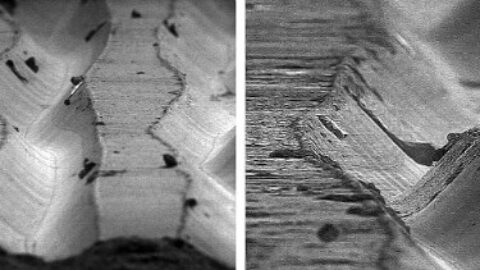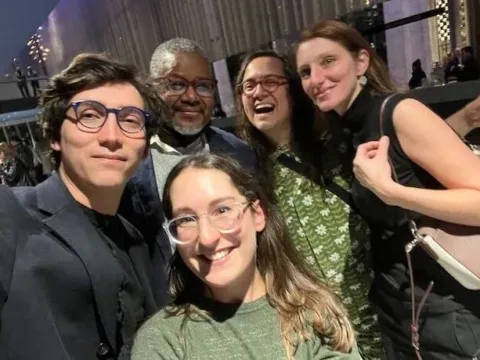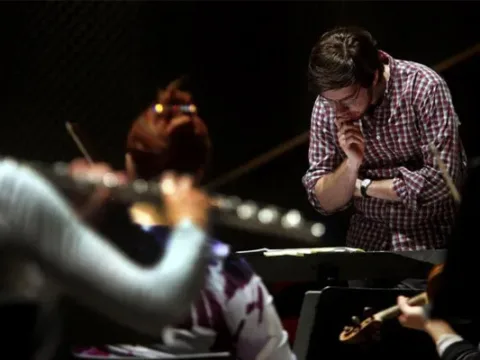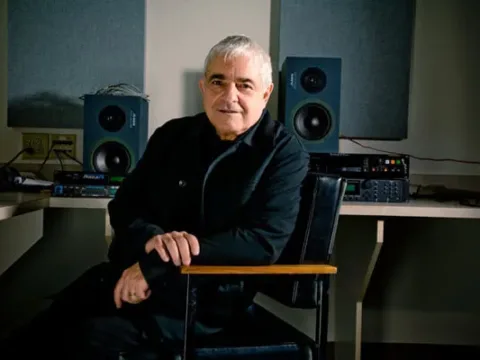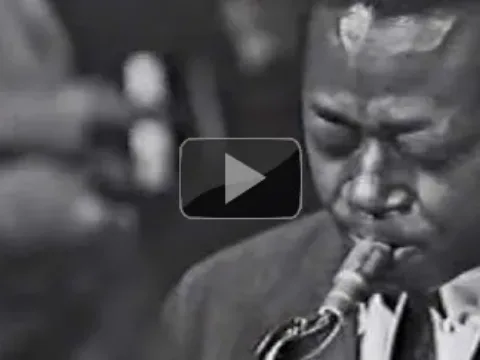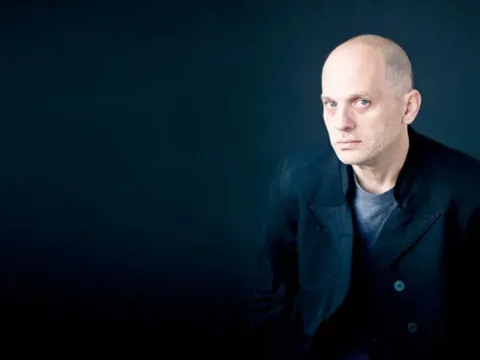It’s that time of year again. Electric companies are excited about the diminishing daylight and the extremely wasteful lights on houses (if my dad is to be believed), peppermint has replaced pumpkin as the flavor du jour, and best of lists abound. This being a site that tends to review things, such ranking posts would seem an inevitability. Rather than engage in such practices, our fearless editor has asked us to take a slightly different approach. As such, I will not be giving you my Top 10 [fill in the blank] of 2012. Instead, I’ll be looking at the one thing that seems to summarize my year: listening.
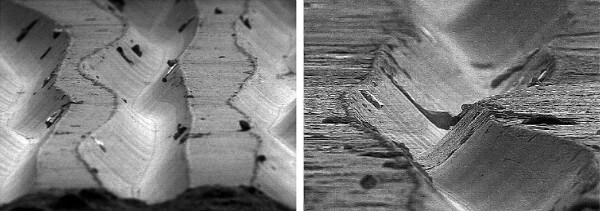
It seems odd that I began my tenure here at ICIYL this March, as writing for and reading this site has become a major part of my routine since. The reviewing opportunities here have opened my ears and engaged my curiosity in ways that were nearly beaten out of me by over a decade of collegiate study, and for that I’m extremely grateful. Two of my first reviews for this site were completely beyond my comfort zone, and they helped kick off a year of listening.
Dygong, an ensemble named after a manatee-like creature, produced one of the weirdest and most delightful CDs I’ve listened to in a while, The E·Sessions. I never would have imagined that a quasi-documentary on both nature and the art of CD production could have lured me into such a strange sound-world, but it did, and most magnificently. Likewise, it was the incredible Jack Quartet that forced me to rely on my ears when deprived of my sight. Being in complete darkness, surrounded by such incredibly talented musicians, was a concert that I’ll never forget.
My listening also was affected by my repertoire. True, being inclined to perform minimalist music had already changed the way I approached listening, but nothing could have prepared me for what Wandelweiser would do to my ears. For the uninitiated, this loose affiliation of composers was best described by William Robin as such: “Think of a more philosophical Bang on a Can, with much quieter marathons.” Long, quiet, “silent” music pervades the aesthetic, and after some lectures by Tom Johnson and suggestions by Scott Unrein, I began my own investigation. (For a great explanation/history, read Michael Pisaro’s essay here.)

Jürg Frey’s music is where I started, and I quickly fell in love. It is austere and precise, but at the same time utterly gorgeous. Being of a similar (not altogether right) mind as myself, my producer thought it would be great to record some of these pieces. As such, my summer was spent diving into 468 consecutive fourths for Frey’s Klavierstück 2, and learning how to perform one of the most mentally gruelling pieces I’ve ever played, his 90-minute pianist, alone. At the same time, I listened to the piano in a way I never before had. I was conscious of each sound, both musical and mechanical, and found myself laboring to perfect both. My hearing has never been the same since.
Finally, I would be remiss if I didn’t mention the passing of William Duckworth this September. True, there were more notable composers who died soon after, but it was Duckworth’s music that first opened my ears to something new. His passing was a blow, but it was also a great reminder of the pleasure of working with living composers. It is sad to think that no more music will be coming from his pen, but he will always be a reminder to me that great music is all around, just waiting to be heard, and that a curious ear can change your life.
—
R. Andrew Lee is an avid performer of minimalist and postminimalist piano music and records for Irritable Hedgehog Music. Follow him on twitter: @andyleedma.
